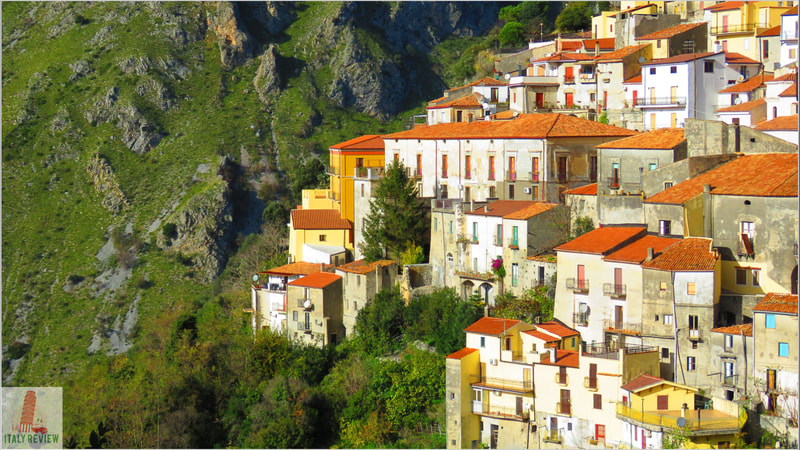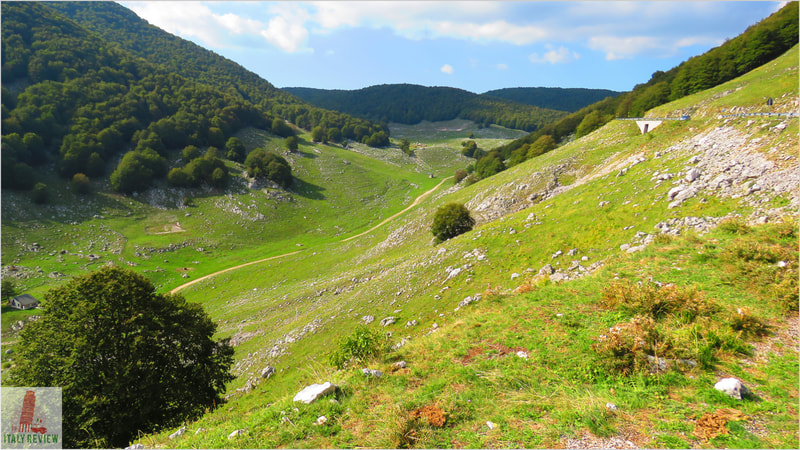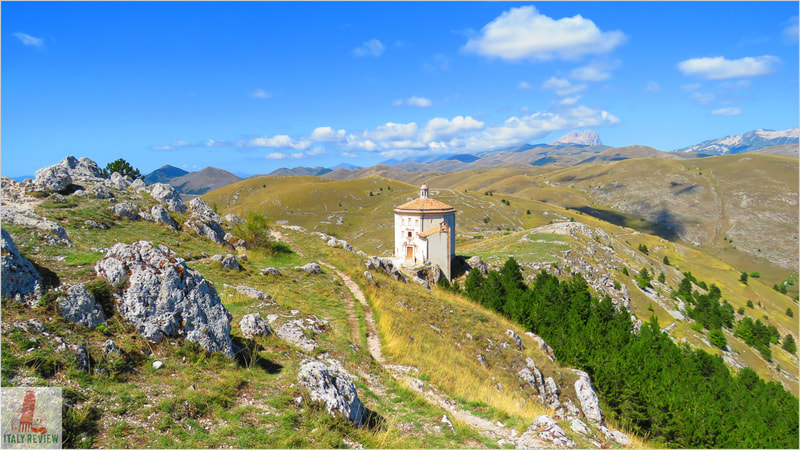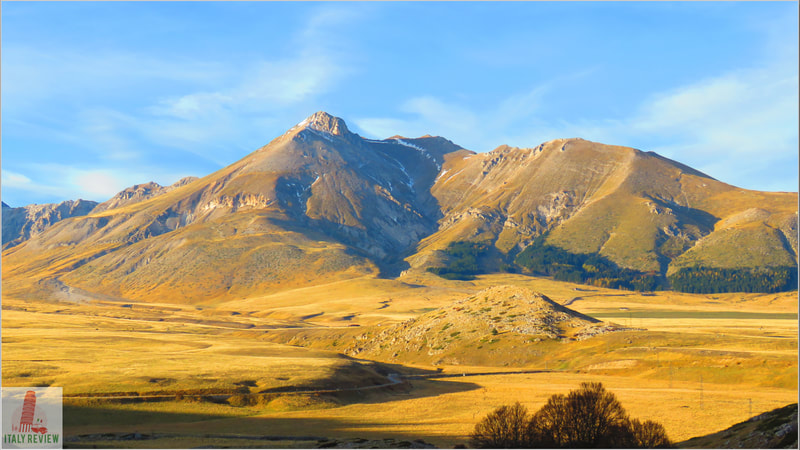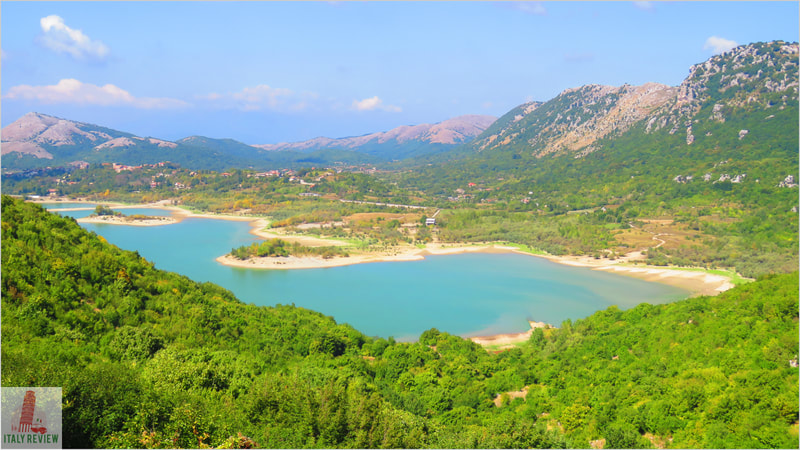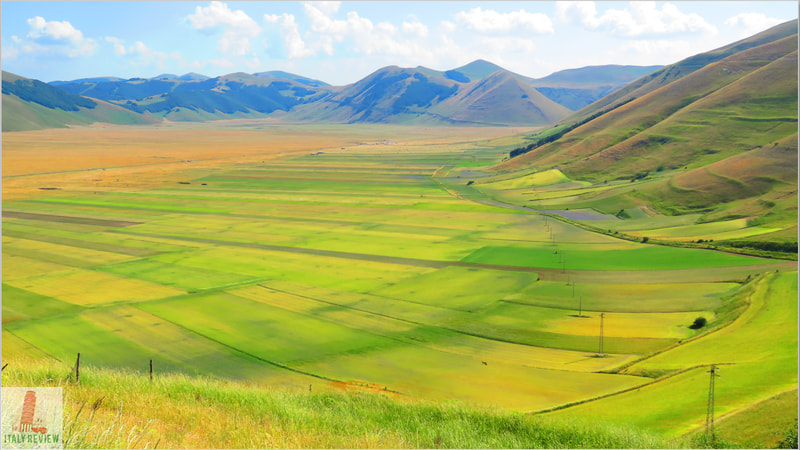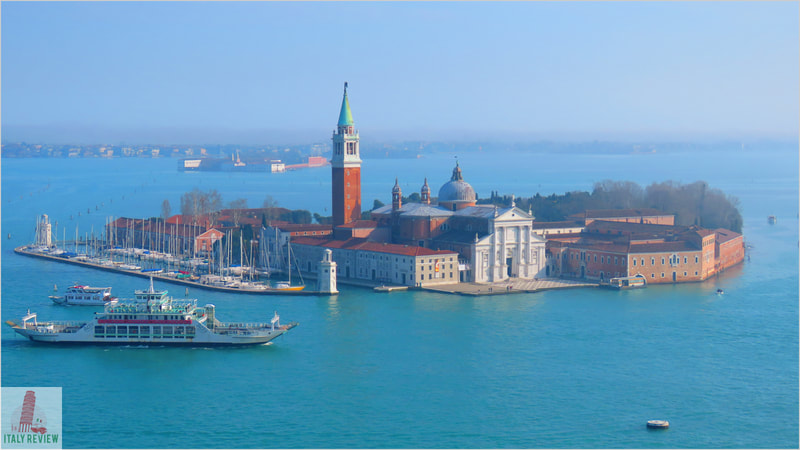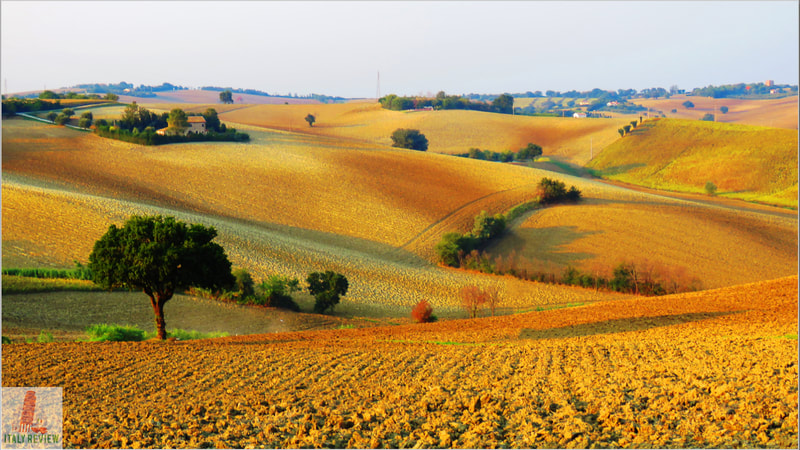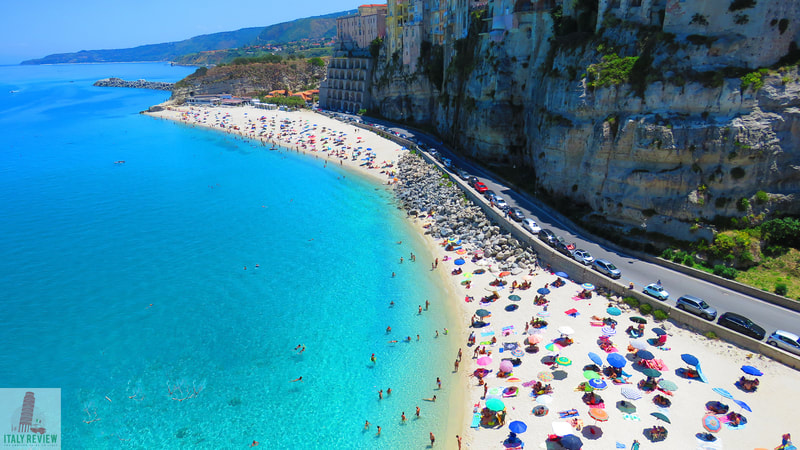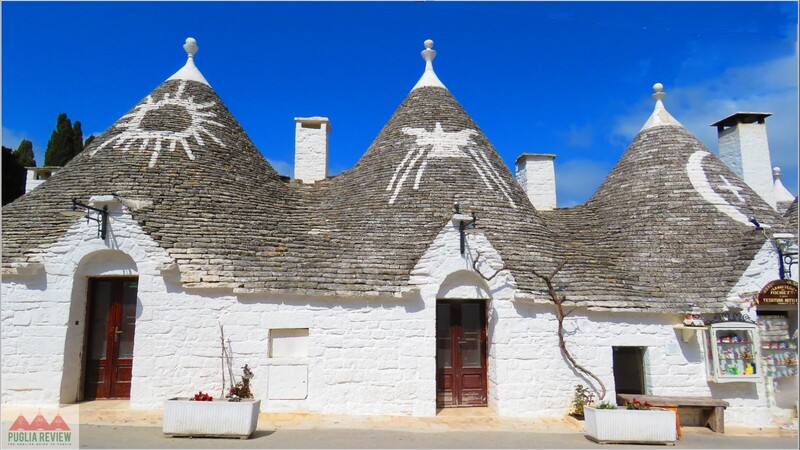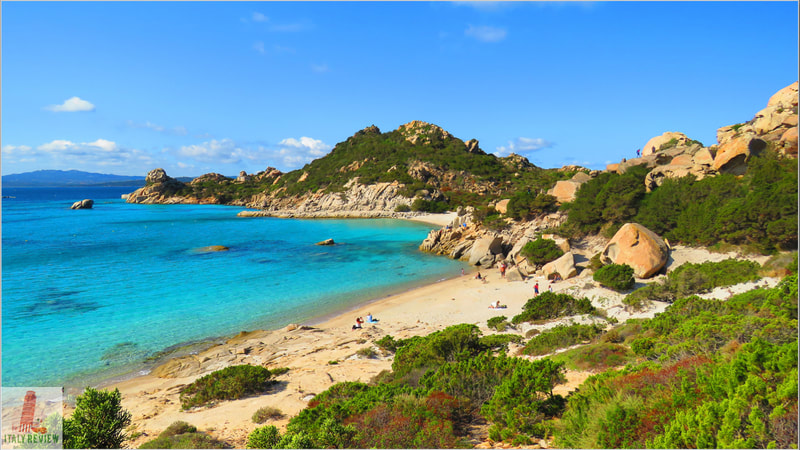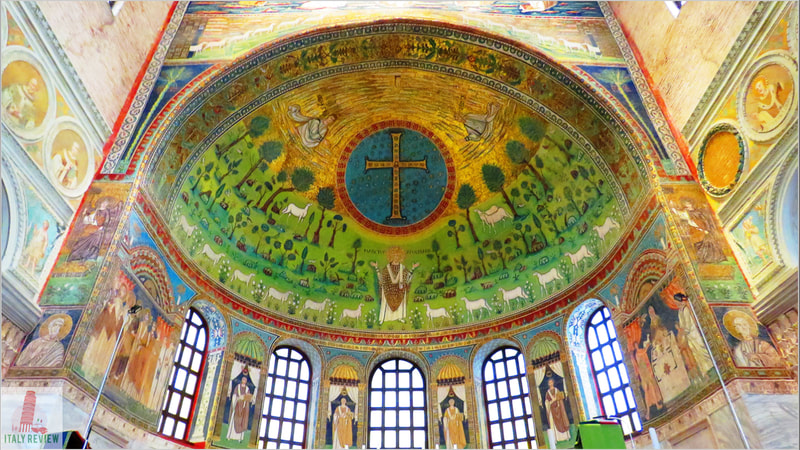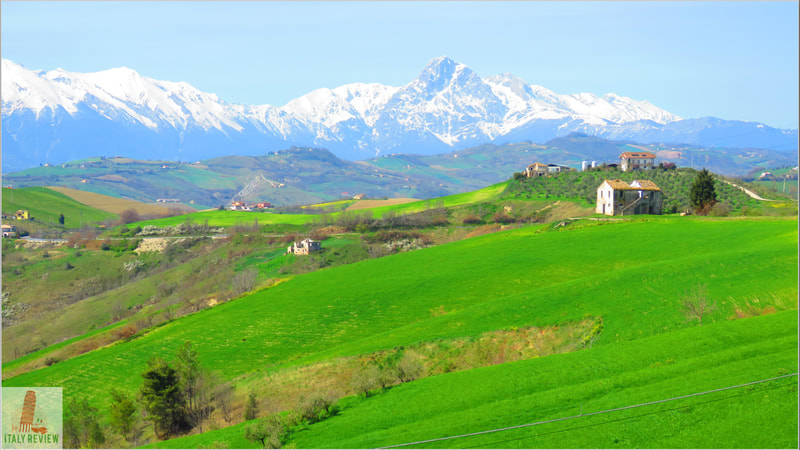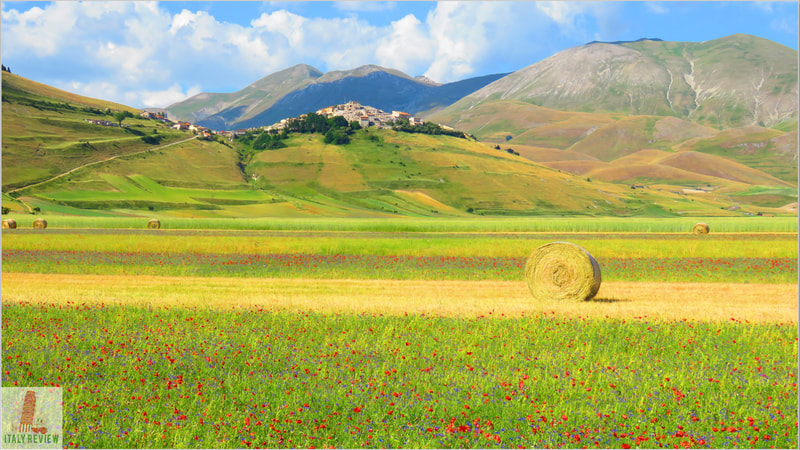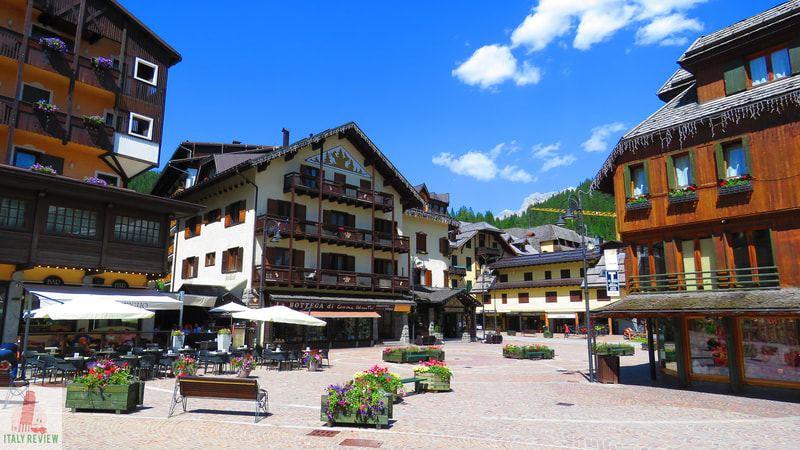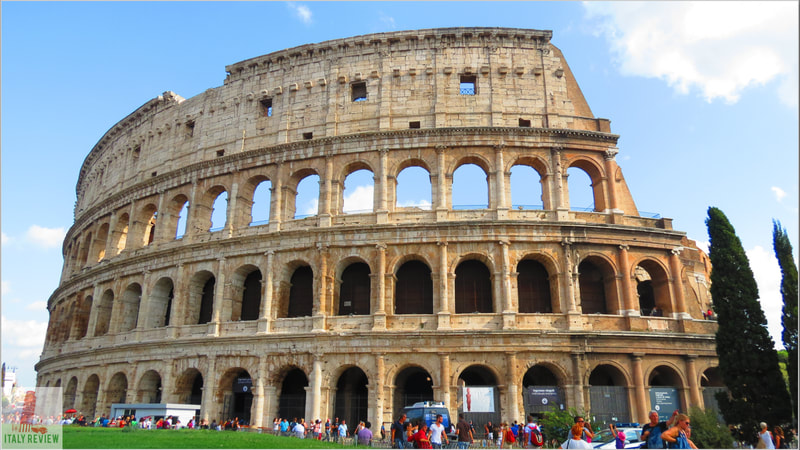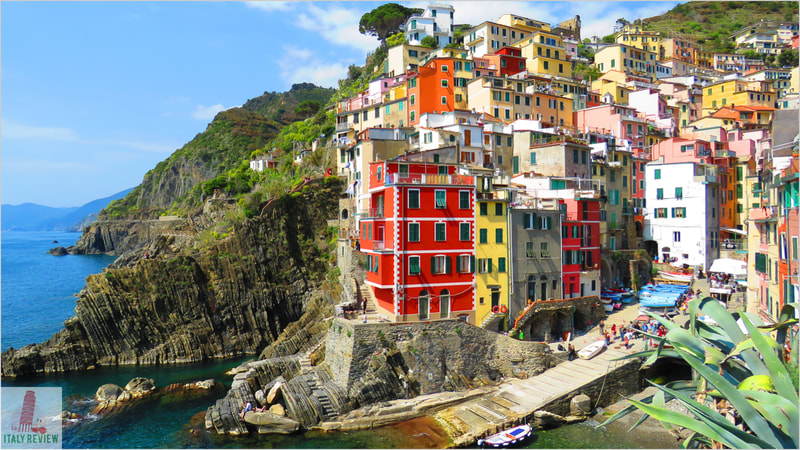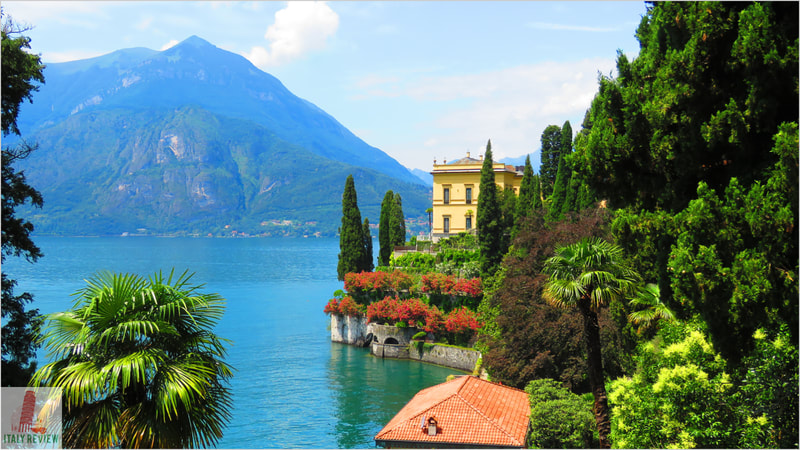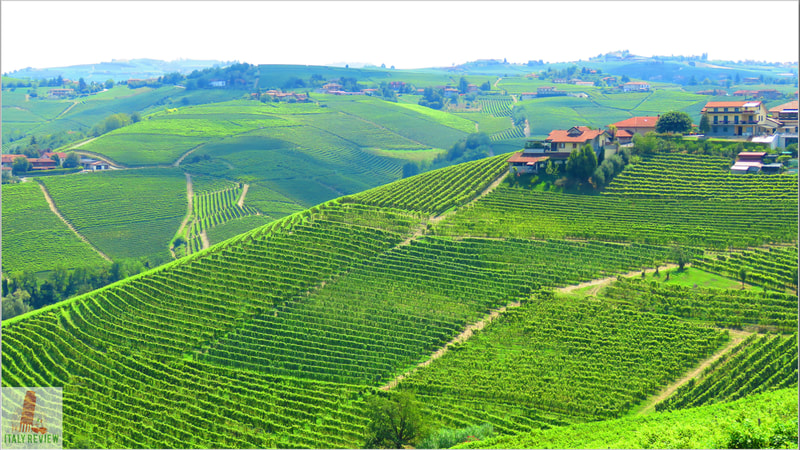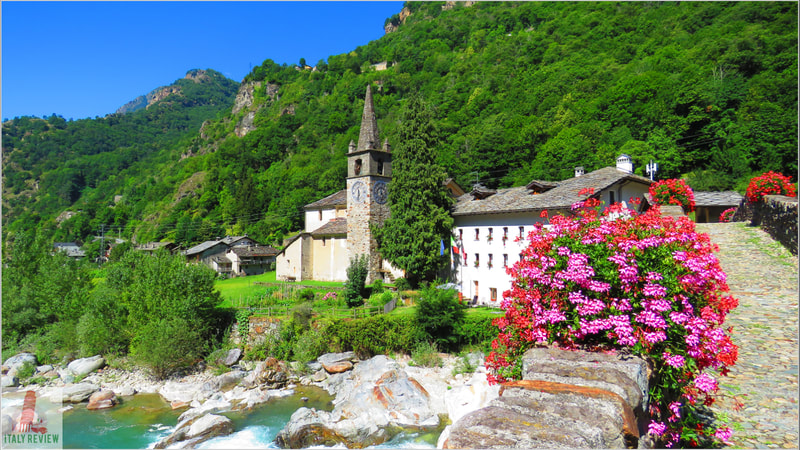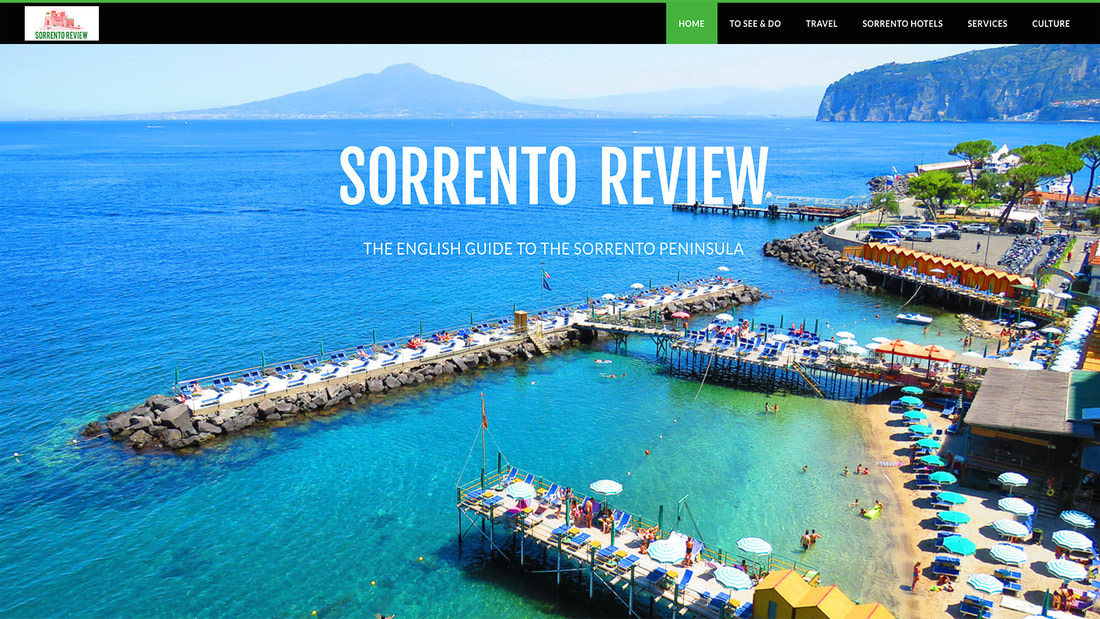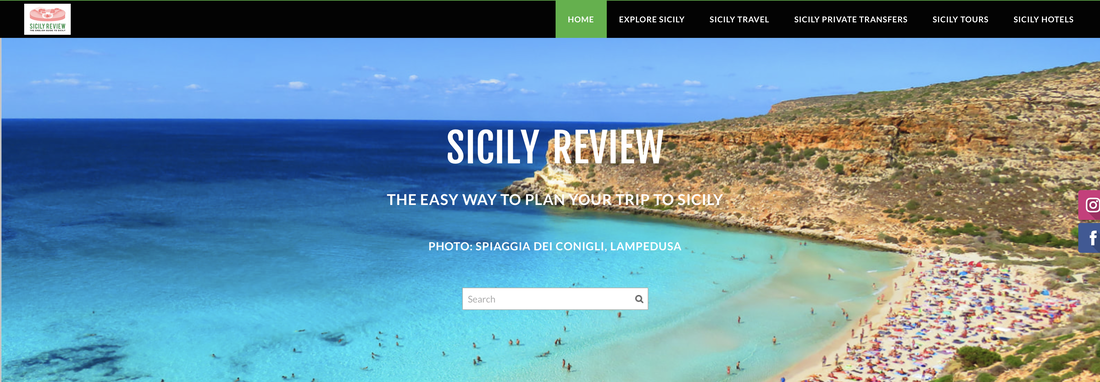The Apennines
|
By Dion Protani
|
Latest update: 17 January 2024
|
|
Running from one end of the Italian peninsula to the other, The Apennines are essentially the spine of Italy.
From their northern tip next to the Alps in Liguria, they continue southwards through the centre of the country, passing through a total of twelve regions before ending in Sicily. In a habitat that the Italian Wolf and Marsican Brown Bear call home, they stretch 1,200 kilometres in length and 250 km in width with their highest peak of Corno Grande standing at 2,912 metres. |
Related links
The different divisions of The Apennines
There are three separate divisions of the mountain range: the Northern, Central and Southern Apennines. Then each of those divisions is split into smaller areas: the northern section is divided into the Ligurian and Tuscan-Emilian Apennines, the central section has the Umbria-Marche and Abruzzi Apennines, while the southern section is split into Samnite, Lucan, Campanian and Calabrian Apennines.
Much of the Apennines area is split into National Parks: the central regions are dominated by the Abruzzo, Lazio & Molise National Park, the Gran Sasso & Monti della Laga, Majella, Monti Sibillini and the Appenino Tosco-Emiliano National Park. In the southern regions of Basilicata and Calabria, the Apennines form part of the Pollino, Aspromonte and Sila National Parks. The Apennines also cross the Messina Strait into Sicily where they reach into the Madonie Regional Natural Park.
Much of the Apennines area is split into National Parks: the central regions are dominated by the Abruzzo, Lazio & Molise National Park, the Gran Sasso & Monti della Laga, Majella, Monti Sibillini and the Appenino Tosco-Emiliano National Park. In the southern regions of Basilicata and Calabria, the Apennines form part of the Pollino, Aspromonte and Sila National Parks. The Apennines also cross the Messina Strait into Sicily where they reach into the Madonie Regional Natural Park.
Highlights
Away from the national parks, the Apennines are characterised by hundreds of hilltop towns and villages, hemmed-in by the snow-capped peaks. Some of the most fascinating of these hill top villages include Muro Lucano and Pietrapertosa in Basilicata, Buonvicino (Calabria) and Roccascalegna in Abruzzo.
For some of the most expansive views of the mountain range, Abruzzo offers a multitude of possibilities including Rocca Calascio, while the Umbria region can boast one of the most incredible natural sights in the country around the plains of Castelluccio di Norcia where at certain times of year the fields of poppies and lentils take on a kaleidoscopic effect.
During the winter months, much of the Apennines are used for skiing with resorts to be found in Tuscany, Lazio, Abruzzo and Calabria with highlights including Abetone, Campo Imperatore and Abbateggio. There are also a number of activity holidays that you can undertake around the Apennines with hundreds of walking routes, cycling trails and mountain-climbing among the pursuits on offer.
For some of the most expansive views of the mountain range, Abruzzo offers a multitude of possibilities including Rocca Calascio, while the Umbria region can boast one of the most incredible natural sights in the country around the plains of Castelluccio di Norcia where at certain times of year the fields of poppies and lentils take on a kaleidoscopic effect.
During the winter months, much of the Apennines are used for skiing with resorts to be found in Tuscany, Lazio, Abruzzo and Calabria with highlights including Abetone, Campo Imperatore and Abbateggio. There are also a number of activity holidays that you can undertake around the Apennines with hundreds of walking routes, cycling trails and mountain-climbing among the pursuits on offer.
Le Apennine
|
Regions: Abruzzo, Basilicata, Calabria, Campania, Emilia-Romagna, Lazio, Liguria, Marche, Molise, Sicily, Tuscany, Umbria
Elevation: 2,912 metres Highest peak: Corno Grande (Abruzzo) Highlights: Abruzzo, Lazio & Molise National Park, Gran Sasso & Monti della Laga National Park, Rocca Calascio, Sila National Park |

